Contents
If you’re looking for a flavorful, lean alternative to traditional breakfast sausage, venison breakfast sausage recipe is the perfect option. This hearty and delicious recipe offers a unique twist on a classic dish, perfect for anyone who enjoys the rich taste of wild game. Whether you’re using venison from your latest hunt or sourcing it from a local butcher, making your own breakfast sausage can be incredibly rewarding. Plus, it’s a healthier choice thanks to venison’s low-fat content and high-protein benefits.
In this guide, we’ll walk you through every step of the process—from choosing the right cuts of meat and blending seasonings to cooking and storing your homemade sausage. So, if you’re ready to dive into the world of venison sausage, let’s get started!
What is Venison Breakfast Sausage Recipe?
Venison breakfast sausage recipe is a flavorful variation of the traditional sausage, made from ground venison meat. Unlike regular sausages that often contain pork or beef, venison sausage highlights the distinct taste of deer meat, which is leaner and slightly richer in flavor. This lean protein is combined with seasoning blends to make the sausage juicy and flavorful, without the heaviness that often comes with more fatty meats.
Venison sausage recipes may also call for a small amount of fat (often added from another source like beef or chicken fat) to maintain the right texture and moisture level. The result? A healthier, savory breakfast sausage packed with protein and a slightly gamey flavor. It’s perfect for those who love experimenting with alternative meats or who simply want to make use of the venison from a successful hunt.
The versatility of venison breakfast sausage is what truly sets it apart. It can be prepared as patties, crumbles, or links, each offering a different texture and style suited to a variety of breakfast dishes. Whether paired with eggs, served in a breakfast burrito, or added to savory hashes, venison breakfast sausage provides a delicious and satisfying start to your day.
Nutritional Benefits of Venison Breakfast Sausage Recipe:
Venison is a fantastic source of lean protein, providing an excellent alternative to the higher-fat content in traditional sausages. It’s low in calories but rich in essential nutrients like iron, zinc, and B-vitamins, making it a great option for those looking to maintain a healthy diet. Additionally, venison contains lower levels of saturated fat than other meats, which can be beneficial for heart health.
With its lean protein and flavor-packed seasonings, venison breakfast sausage offers a hearty and nutritious addition to your morning meals.
Ingredients and Preparation
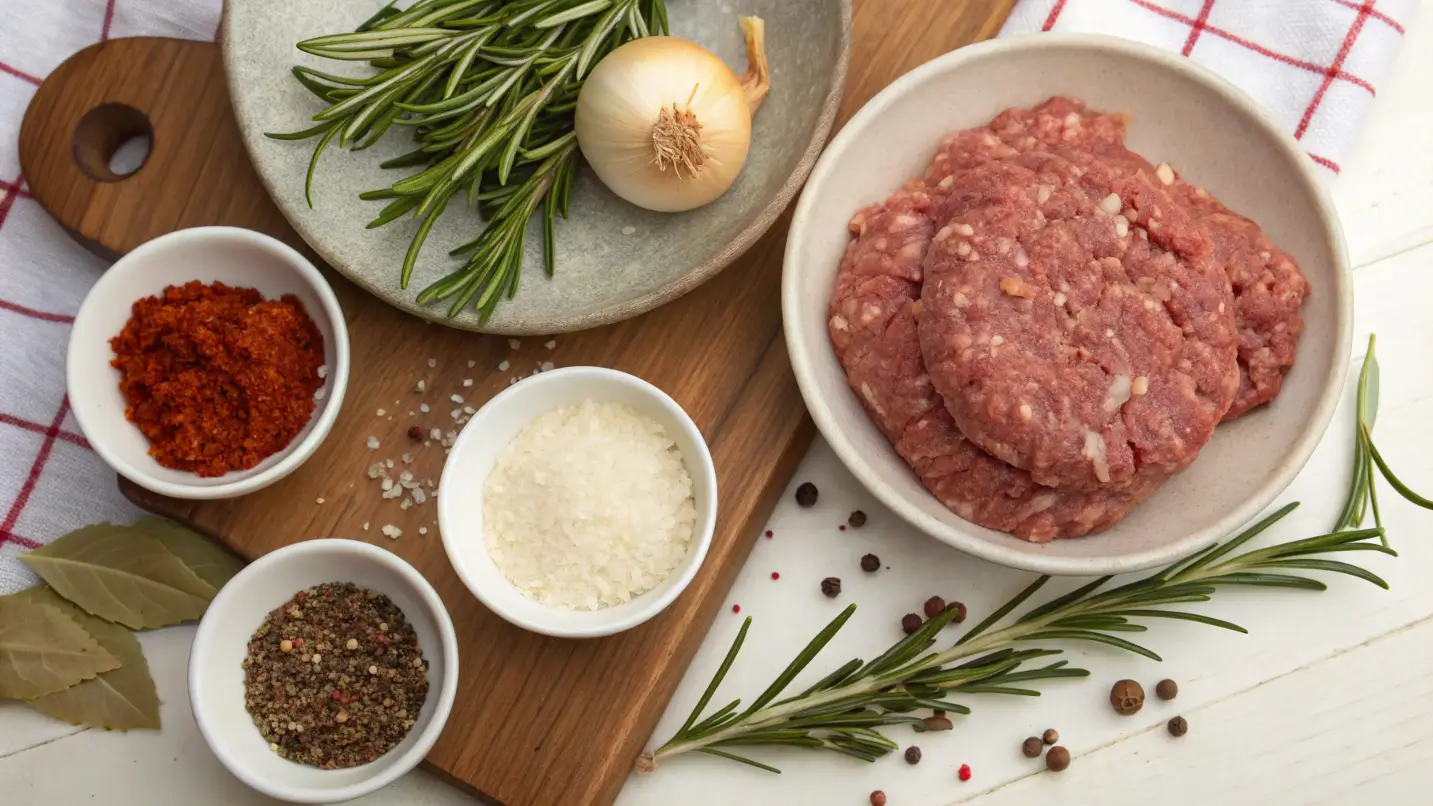
Selecting the Right Meat
When making venison breakfast sausage recipe, the first and most important step is selecting the right cut of meat. Venison, being a lean game meat, requires some attention to ensure it has the right texture and fat content for sausage making.
Venison Cuts Suitable for Sausage
Venison has various cuts, but some are better suited for sausage than others. For sausage, it’s ideal to use tougher cuts like bottom round, neck meat, or shoulder. These cuts have more muscle tissue, which, when ground, creates a dense and hearty texture. They also have less fat, so you’ll need to supplement with additional fat to get the perfect consistency for your sausage.
The shoulder is especially popular because it’s rich in collagen and tends to break down during cooking, making the sausage juicy. Additionally, it is an affordable cut, often available in abundance. If you’re processing your own venison, ask your butcher to provide these cuts.
Incorporating Fat into Venison Sausage
Because venison is a very lean meat, it’s essential to add fat to your sausage mixture to ensure it has the right texture and flavor. Without enough fat, your sausage may end up too dry and crumbly. A common fat-to-venison ratio is 70/30 or 80/20, meaning for every 1 pound of venison, you should add 0.2 to 0.3 pounds of fat.
Several fat alternatives work well with venison to achieve the desired moisture and flavor:
-
Beef fat: This is a great substitute and provides the necessary fat content to keep the sausage juicy and flavorful.
-
Beef suet: Another excellent choice, suet helps bind the mixture together and maintain the sausage’s texture.
-
Chicken fat: If you’re looking for a lighter option, chicken fat offers a neutral flavor while still ensuring the sausage stays moist.
If you’re using wild game such as elk or moose, these same fat sources will work well, providing the ideal balance of moisture and texture.
Pro Tip: When using beef fat or suet, it’s recommended to aim for a 80/20 fat-to-meat ratio, but you can adjust it according to your preference for a slightly leaner or fattier sausage.
Essential Seasonings and Flavors
The key to a truly flavorful venison breakfast sausage recipe is the right combination of herbs and spices. Here’s a breakdown of the most common and essential seasonings that will elevate your homemade sausage.
Herbs and Spices
A balance of earthy, savory, and aromatic flavors is what gives venison breakfast sausage its signature taste. Common spices and herbs used in venison sausage include:
-
Sage: This herb adds a slightly peppery, earthy flavor that’s typical in traditional breakfast sausage.
-
Thyme: Known for its earthy and slightly minty flavor, thyme pairs perfectly with venison and complements the other spices.
-
Rosemary: A fragrant herb that adds a distinct, pine-like aroma.
-
Garlic Powder: Adds a rich and savory base flavor that enhances the meatiness of the sausage.
-
Onion Powder: Provides a mild sweetness and depth.
-
Black Pepper: Adds a touch of heat without overwhelming the other flavors.
-
Red Pepper Flakes: If you like a bit of heat in your sausage, red pepper flakes provide a gentle kick.
-
Cloves: Used sparingly, cloves lend a hint of warmth and spice to the mix.
Sweeteners
While venison sausage is savory, adding a hint of sweetness can help balance the flavors and bring out the richness of the meat. Some recipes include:
-
Brown Sugar: Adds a soft, molasses-like sweetness that blends well with the other spices.
-
Maple Syrup: A natural sweetener that imparts a deep, caramel-like flavor, adding both sweetness and a hint of complexity.
For those looking to add extra sweetness or flavor depth, maple syrup is an excellent option, especially if you want to infuse the sausage with a bit of sweetness without overpowering the savory flavors.
Flavor Enhancers
To make your venison sausage unique, consider incorporating optional flavor enhancers:
-
Nutmeg: A little nutmeg goes a long way in adding warmth to the sausage.
-
Paprika: If you like a slightly smoky flavor, paprika can be an excellent addition.
-
Cayenne Pepper: For an extra spicy kick, cayenne pepper brings both heat and complexity to the sausage.
Experiment with these seasonings and feel free to adjust the quantities based on your flavor preferences. Just remember, the goal is to complement the venison’s rich taste without masking it.
Preparation Techniques
Once you’ve gathered your meat, fat, and seasonings, it’s time to prepare the sausage mixture. The preparation process is as important as the ingredients themselves.
Grinding Process
To achieve the perfect texture, chill the meat, fat, and grinder components (like the grinding plate and blade) before you begin grinding. This prevents the fat from smearing during the process and ensures that the mixture stays cold, which helps the fat incorporate better into the meat. It also improves the final texture and prevents the sausage from becoming greasy.
Use a medium grind for venison sausage. If you prefer a coarser texture, you can do a double grind, but be careful not to overprocess the mixture.
For expert tips and additional advice on grinding and preparing venison sausage, you can explore “The Only Venison Breakfast Sausage Recipe You Need“ on MeatEater.
Mixing and Binding
After grinding, the next step is to mix the meat, fat, and seasonings thoroughly. This can be done by hand or using a stand mixer with a paddle attachment. It’s important to mix until the meat becomes sticky and slightly tacky, as this ensures that the sausage will hold together well when cooked. The mixing process helps the seasoning blend evenly into the meat, enhancing the overall flavor.
Resting the Mixture
Once the sausage mixture is fully blended, it’s a good idea to let it rest for at least an hour in the fridge, or even overnight. This resting time allows the flavors to meld together, making the sausage taste even better when cooked.
Cooking Methods

Pan-Frying Patties
Once you’ve prepared your venison breakfast sausage recipe mixture, the next step is cooking it to perfection. Pan-frying is one of the easiest and most common methods, delivering a golden-brown, crispy exterior and a juicy interior.
Forming Patties
Start by shaping the seasoned sausage mixture into patties of your desired size. The most common size is about 3 to 4 inches in diameter, but you can make them larger or smaller depending on your preference. To make the patties, simply take a portion of the sausage mixture and roll it between your hands before flattening it gently into a round shape. Be sure not to overwork the meat, as it can become tough if handled too much.
Cooking Instructions
To cook the patties, heat a skillet over medium heat and add a small amount of oil or butter. When the skillet is hot, add the patties, being careful not to overcrowd the pan—this ensures they cook evenly. Cook the patties for about 4-5 minutes on each side until they are browned and cooked through. Flip them only once to maintain a nice crust. You can check if they are done by using a meat thermometer: the internal temperature should reach 160°F (71°C) for safe consumption. If you prefer your sausages extra crispy, you can cook them a bit longer.
The pan-frying method provides a rich flavor, as the natural fats in the venison and any additional fat you’ve included in the mixture will render during cooking, adding moisture and flavor to the patties.
For those interested in learning how to make beef sausage patties, the techniques for cooking venison patties are similar. You can check out a detailed guide on beef sausage preparation, which includes tips that can also be applied to venison breakfast sausage.
Baking and Other Methods
If you prefer a less hands-on approach or want to prepare a large batch of venison breakfast sausage, baking can be an excellent alternative. Simply preheat your oven to 375°F (190°C), then place the patties on a baking sheet lined with parchment paper. Bake for 20-25 minutes, flipping halfway through to ensure even cooking. Baking results in slightly less crispy patties, but they will be evenly cooked and juicy.
Another option is to grill the patties over medium heat for a slightly smoky flavor. This method works well, especially in the summer when you want to enjoy the outdoors. If you have an air fryer, you can cook the sausages at 350°F for 10-12 minutes, flipping halfway through. This technique provides a crispy exterior while keeping the inside tender and juicy.
Storage and Preservation
Refrigeration and Freezing
Venison breakfast sausage can be stored both in the refrigerator for short-term use and in the freezer for long-term preservation.
Short-Term Storage
Once cooked, store your venison breakfast sausage in the refrigerator. Make sure it’s kept in an airtight container or wrapped tightly in plastic wrap or foil to maintain freshness. It will keep in the fridge for up to a week. If you have leftover sausages, consider reheating them in a skillet or microwave for a quick breakfast.
Long-Term Storage
For longer-term storage, freezing is your best bet. Whether you’re freezing the sausage before or after cooking, make sure to package it properly to prevent freezer burn. Wrap each sausage individually in plastic wrap or wax paper, then place them in a freezer-safe bag or airtight container. If freezing raw sausage, be sure to label the bags with the date so you can track freshness.
Frozen venison sausage can last for 3-4 months without a significant loss in flavor or texture. When you’re ready to use it, simply thaw the sausage in the refrigerator overnight or cook it straight from the freezer, though it will take a little longer to cook.
FAQs About Venison Breakfast Sausage
1. Can I use all venison without pork fat?
-
Yes, you can make venison sausage with only venison. However, since venison is very lean, it may turn out dry and crumbly. Adding fat, such as beef fat, beef suet, or chicken fat, helps retain moisture and improve the texture, making the sausage more flavorful and juicy.
2. How can I make the sausage spicier?
-
If you enjoy spicy food, you can easily increase the amount of red pepper flakes or add cayenne pepper to your seasoning mix. Adjust to your taste for the desired heat level.
3. Is it necessary to rest the sausage mixture before cooking?
-
While not strictly necessary, resting the sausage mixture for at least an hour (or overnight) in the fridge is highly recommended. This allows the flavors to meld together, creating a more cohesive and flavorful sausage.
4. Can I use a meat grinder attachment on a stand mixer?
-
Absolutely! Many stand mixers come with meat grinder attachments that work effectively for grinding venison. These attachments provide an easy way to prepare ground meat at home without the need for a standalone meat grinder.
5. What can I do if the sausage mixture is too dry?
-
If your sausage mixture seems too dry, add a small amount of cold liquid (like water, broth, or even a splash of apple cider vinegar) to achieve the desired consistency. Just be cautious not to add too much, as the mixture can become too wet and lose its structure.
Final Thoughts
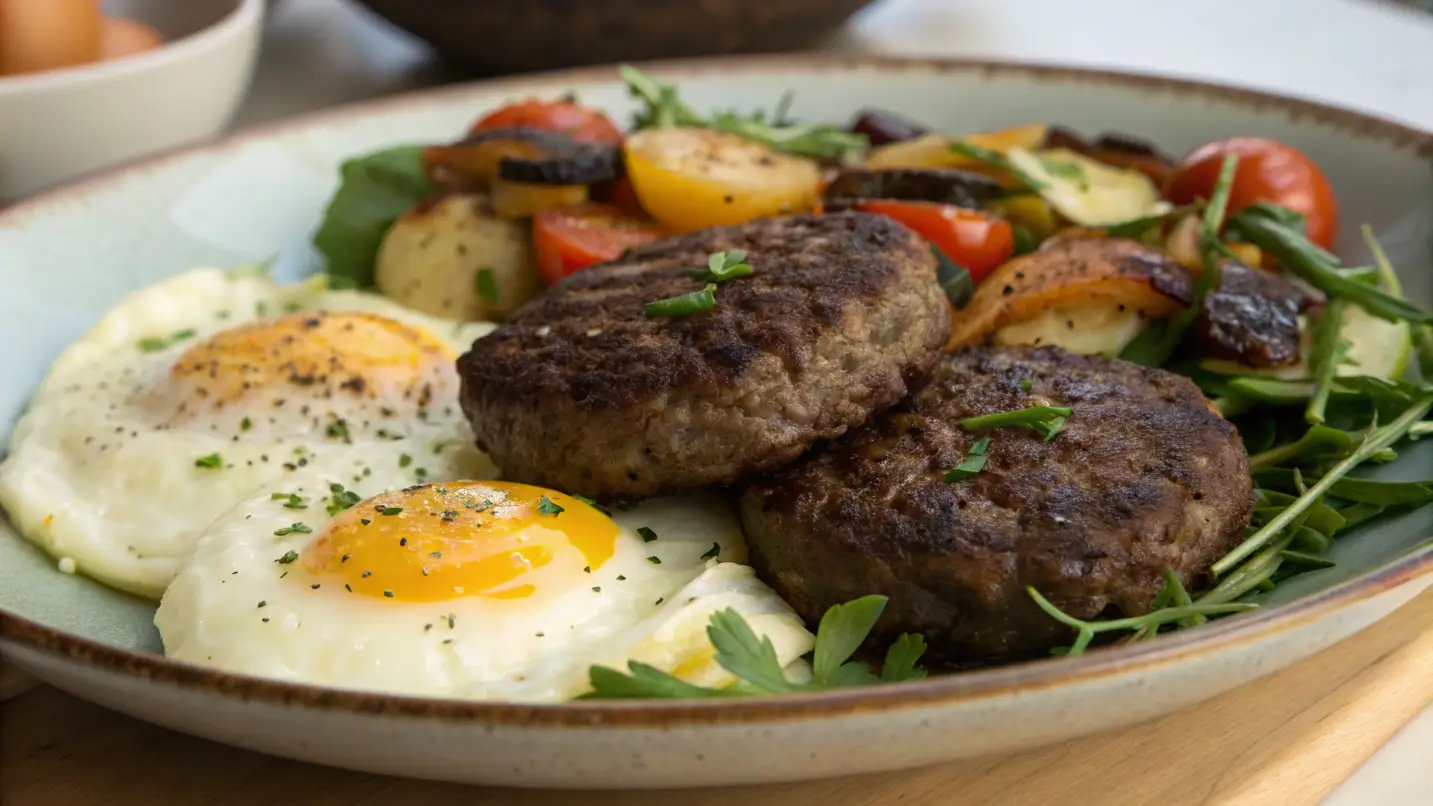
Venison breakfast sausage is an incredibly tasty and healthy alternative to traditional pork sausage. Not only does it provide a lean source of protein, but it also offers flexibility in terms of seasonings and preparation methods. Whether you prefer a spicy kick, a hint of sweetness, or a more traditional flavor profile, venison sausage is highly customizable to fit your personal tastes.
With a little effort and some patience, you can enjoy homemade venison breakfast sausage recipe that’s far superior to store-bought options. Whether you’re pan-frying, baking, or grilling, the methods outlined here ensure that your sausage will always come out perfectly cooked and packed with flavor.
So, don’t hesitate to experiment with your favorite seasonings and cooking methods. And remember, making sausage at home is a great way to enjoy wild game while customizing the recipe to suit your taste preferences.
Enjoy your venison breakfast sausage, and happy cooking!
Print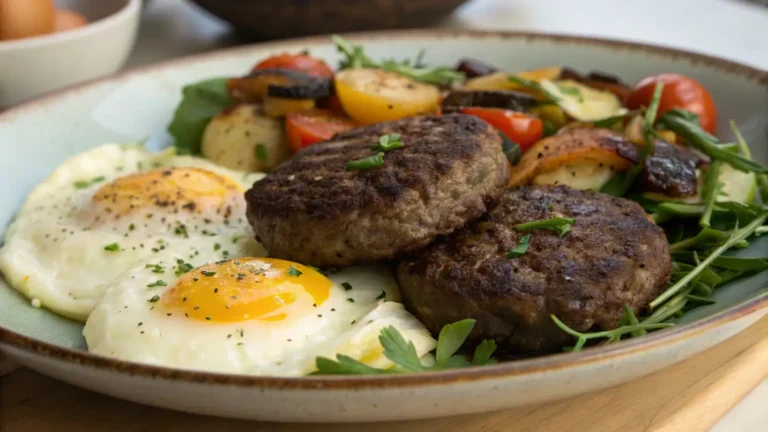
Venison Breakfast Sausage Recipe
This Venison Breakfast Sausage recipe offers a flavorful and lean alternative to traditional breakfast sausages. With a blend of herbs and spices, the sausage is juicy, aromatic, and perfect for pairing with eggs or toast. You can also customize the spice level to your preference for a more personalized touch.
- Total Time: 40 minutes
- Yield: 12-15 sausage patties 1x
Ingredients
2 pounds venison meat (preferably from shoulder, bottom round, or neck)
0.5 pounds beef fat (or beef suet for a leaner alternative)
1 tablespoon sage (dried or fresh)
1 tablespoon thyme (dried or fresh)
1 teaspoon garlic powder
1 teaspoon onion powder
1 teaspoon black pepper
½ teaspoon red pepper flakes (optional for heat)
1 teaspoon salt
1 tablespoon brown sugar (optional, for a hint of sweetness)
1 teaspoon rosemary (dried or fresh)
¼ teaspoon ground cloves (optional for extra flavor)
¼ teaspoon nutmeg (optional for depth of flavor)
Instructions
-
Prepare the Meat and Fat:
Cut the venison meat and beef fat into chunks that can easily fit into your meat grinder. Make sure the meat and fat are cold; this helps maintain a better texture when grinding. -
Grind the Meat:
Using a meat grinder, grind the venison and beef fat together. Grind the mixture twice for a finer texture if preferred. -
Mix in Seasonings:
In a large mixing bowl, combine the ground venison and fat with all the dry ingredients (sage, thyme, garlic powder, onion powder, black pepper, red pepper flakes, salt, rosemary, cloves, and nutmeg). Mix thoroughly to ensure an even distribution of spices. -
Test the Flavor:
Before forming the sausages, it’s a good idea to cook a small patty of the sausage mixture in a skillet to test the seasoning. Adjust spices if necessary. -
Form Patties:
Take small portions of the sausage mixture and form them into patties of your preferred size. -
Cook the Sausages:
In a skillet over medium heat, cook the patties for 4-5 minutes on each side until browned and cooked through. Alternatively, you can bake them in the oven at 375°F (190°C) for 20-25 minutes. -
Serve:
Serve your venison breakfast sausage patties with eggs, toast, or any sides of your choice. Enjoy!
Notes
-
Fat Content: If you prefer a leaner sausage, reduce the amount of fat, but make sure the sausage doesn’t end up too dry. Adding a small amount of chicken fat or beef suet can help.
-
Storage: Store any leftover sausages in the fridge for up to 5 days, or freeze them for longer storage.
-
Spices: Feel free to adjust the spice levels based on your personal preference. You can add more heat with cayenne or additional pepper flakes.
- Prep Time: 15 minutes
- Cook Time: 25 minutes
- Category: Breakfast
- Method: Frying, Baking
- Cuisine: American
- Diet: Low Fat
Nutrition
- Serving Size: 1-2 sausage patties
- Calories: 180
- Sugar: 0g
- Sodium: 300mg
- Fat: 12g
- Saturated Fat: 5g
- Unsaturated Fat: 5g
- Trans Fat: 0g
- Carbohydrates: 1g
- Fiber: 0g
- Protein: 22g
- Cholesterol: 60mg
Keywords: Venison sausage, breakfast sausage, homemade sausage, venison breakfast, lean sausage, keto sausage, healthy sausage
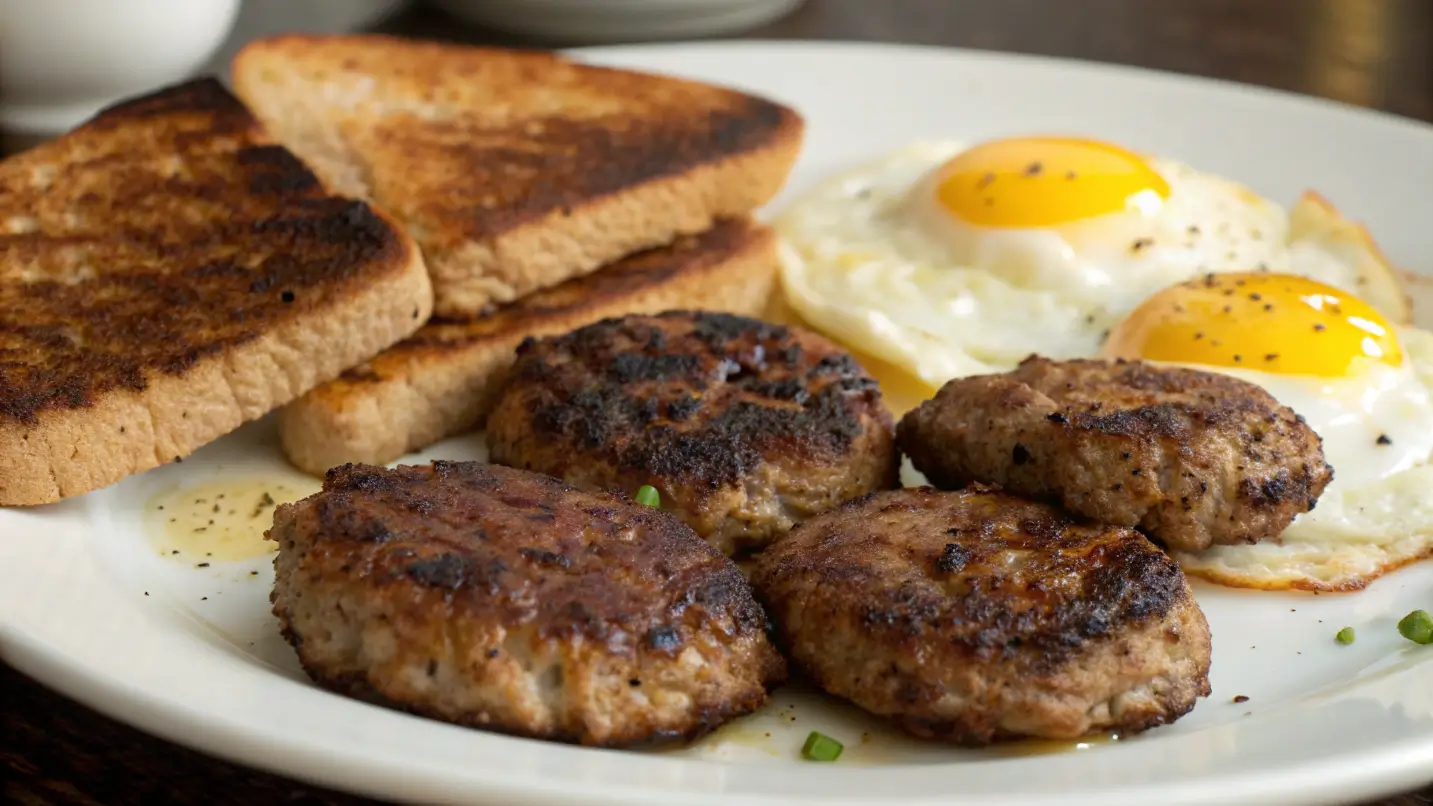

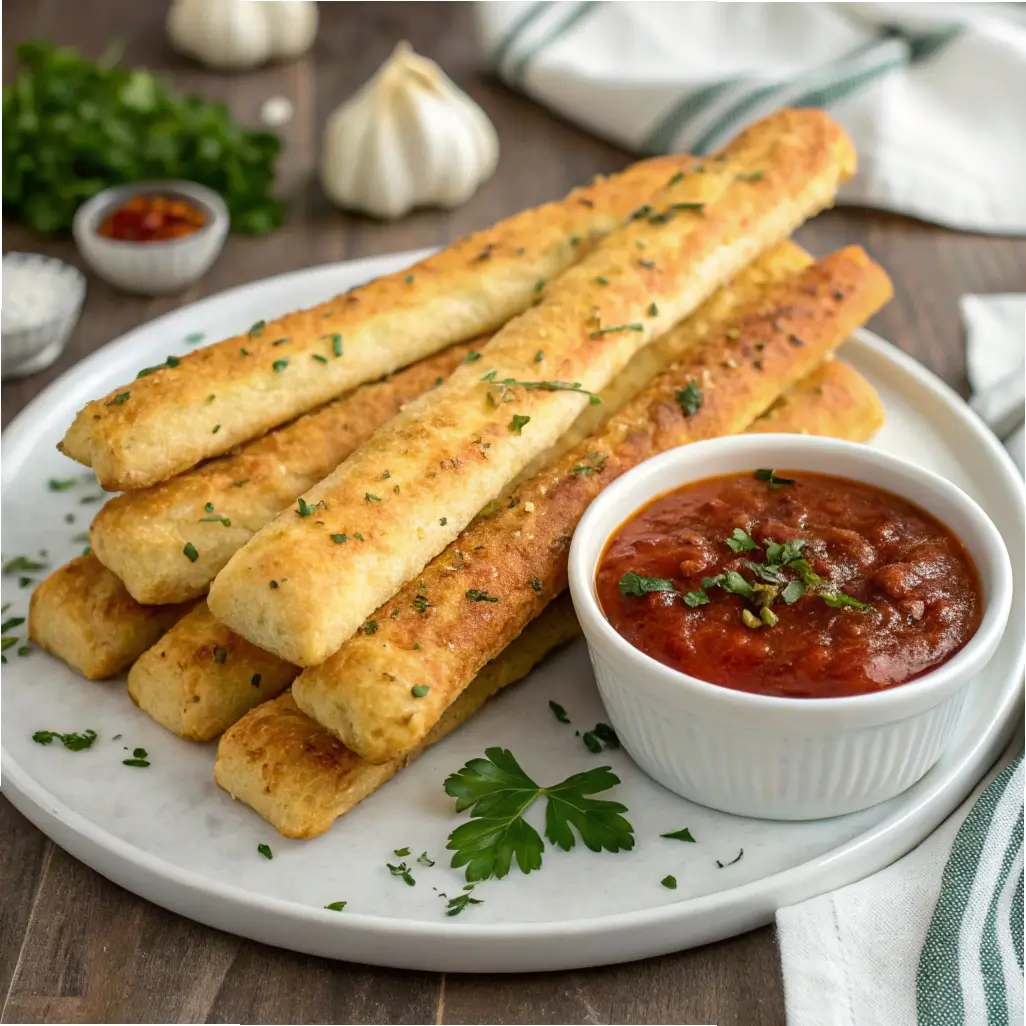

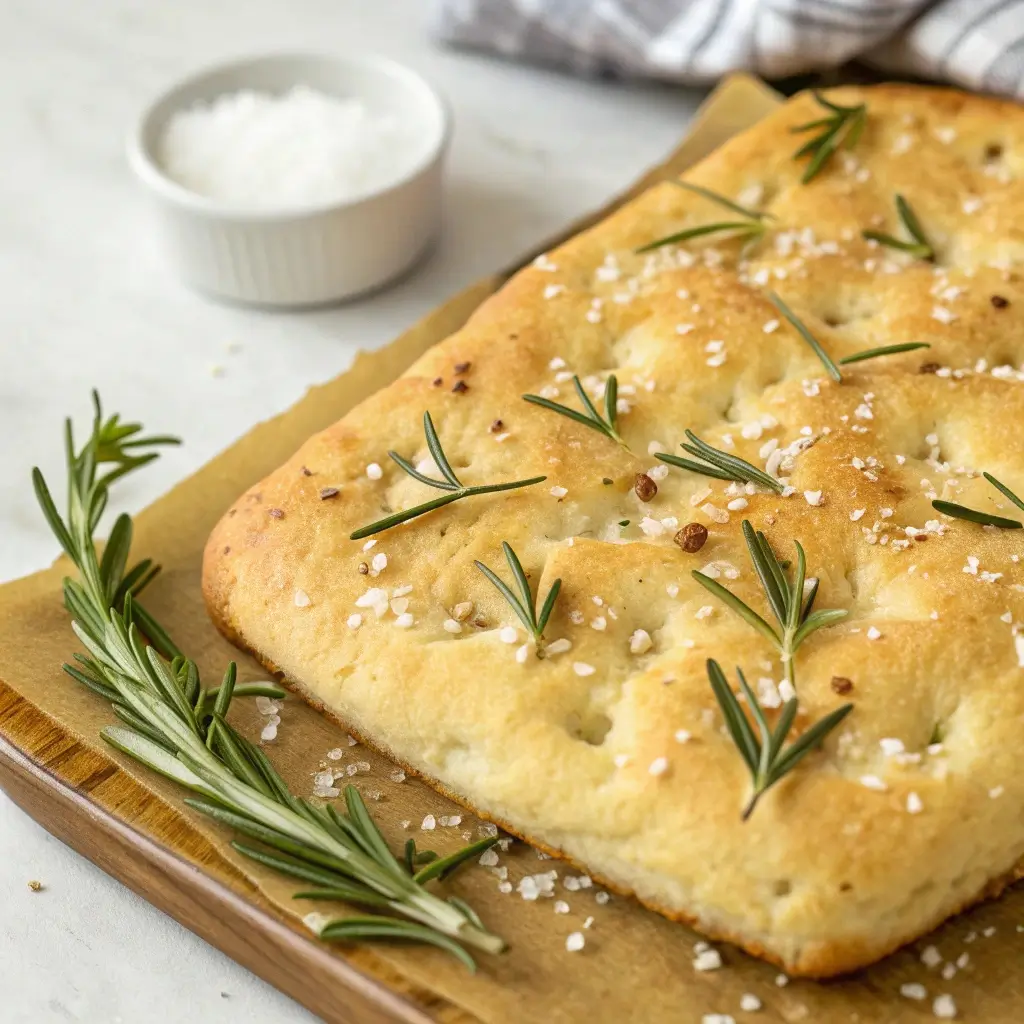
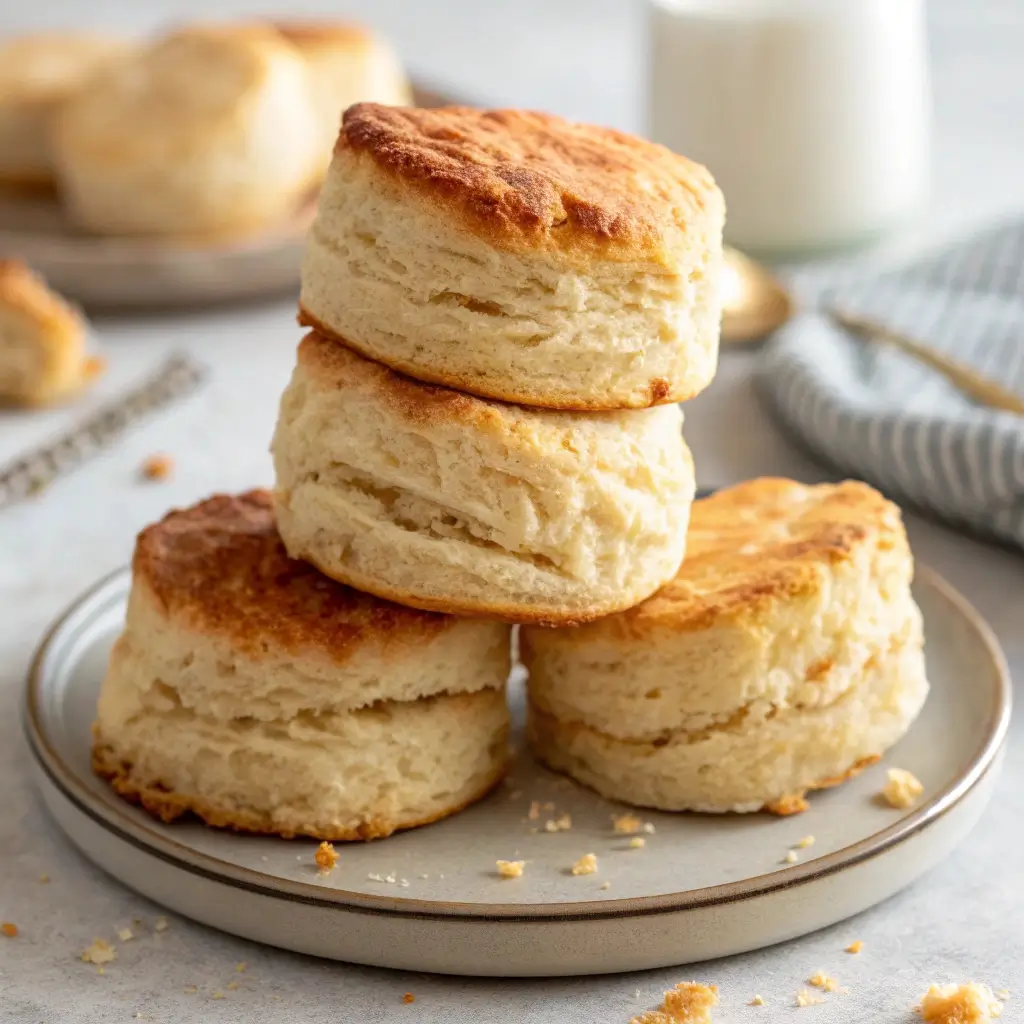
Yummy!
★★★★★